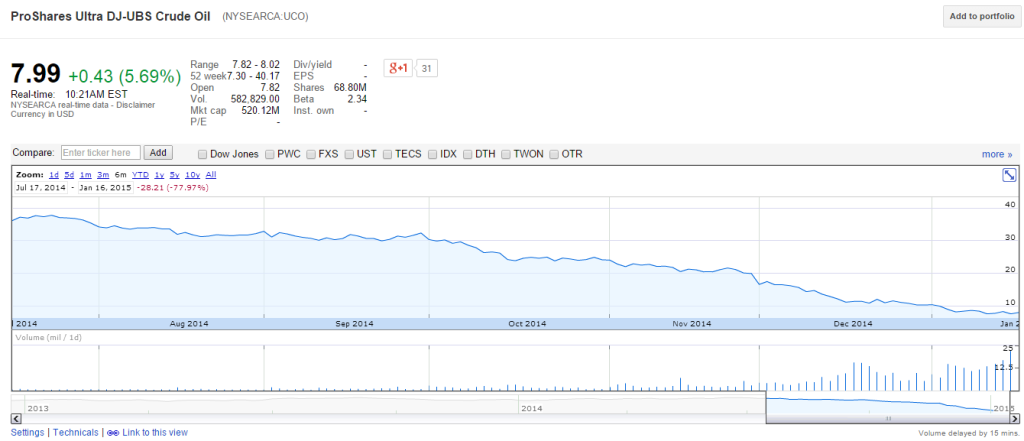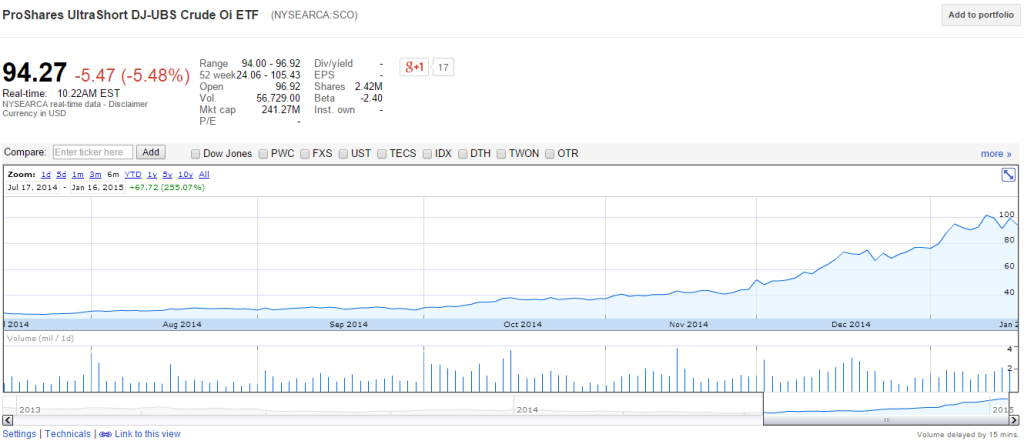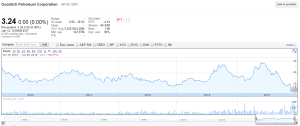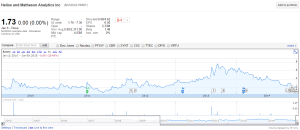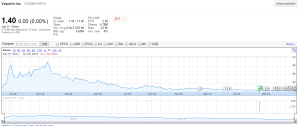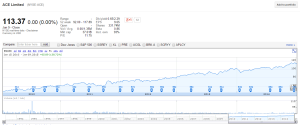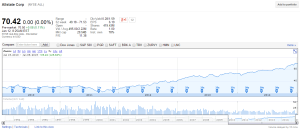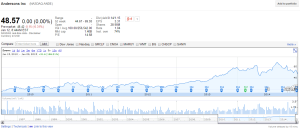The bull market that has basically defined the past six years seems to have stalled. After recording no gains for December or January it remains to be seen whether or not the market is experiencing a temporary lull or has reached a summit. With the Federal Reserve expected to raise interest rates in June, one can only expect that the market will push down further in the medium-term.
What should you do if you’re currently holding stocks but want to get out? First of all, don’t panic – you should assess your situation and deal with it accordingly. This article is catered for strategies of liquidating stock holdings so if that is not your plan then please read one of my other articles!
Scenario 1: Holding lots of short term stocks
Answer 1: If you’re holding a lot of short term stocks and want to get out, you should first determine if you have any capital gains on those stocks. If you are selling at a loss, then go ahead and sell these stocks now and make sure to record your losses in order to benefit from capital loss carry-overs in the future. If you’ve made a lot of money off of these stocks and are in a high tax bracket you can sell with the knowledge that you will be paying high tax on these gains or buy put options for these stocks that expire when you can sell these stocks as long term gains.This really only works when that date is in the near future, since put options’ price is largely influenced by a factor of time. If you have to wait six more months before selling it usually does not make sense to buy put options since the cost of those options may trade at around 20% of the stock’s price. In the case of Apple, which has gone up 20% in the past six months – it’s $115 put options trade at around $11 dollars per share, which upon purchase would cut a 20% profit into only a 10% profit, which would only benefit those who are paying more than 50% short term capital gains tax (I’d hate to live in an area where my combined federal/state/local tax is that high!).
Scenario 2: Holding lots of long term stocks
Answer 2: Sell them! You’re going to have the pay the long term capital gains someday anyway and might as well sell when you think they’re most profitable!
Scenario 3: Have no brokerage accounts, but instead have lots of money in a 401k primarily invested in stocks
Answer 3: You should be able to reallocate your money into bonds or fixed income assets. Bonds have higher returns but more risk than fixed income. Unfortunately most 401ks do not allow individual choosing of bonds, instead offer a choice of bond funds. Bond funds will fare differently dependant on the length these bonds are held for. Long term bonds will fare poorly if the Federal Reserve increases the prime interest rates since the bonds themselves are locked into a lower interest rate.

